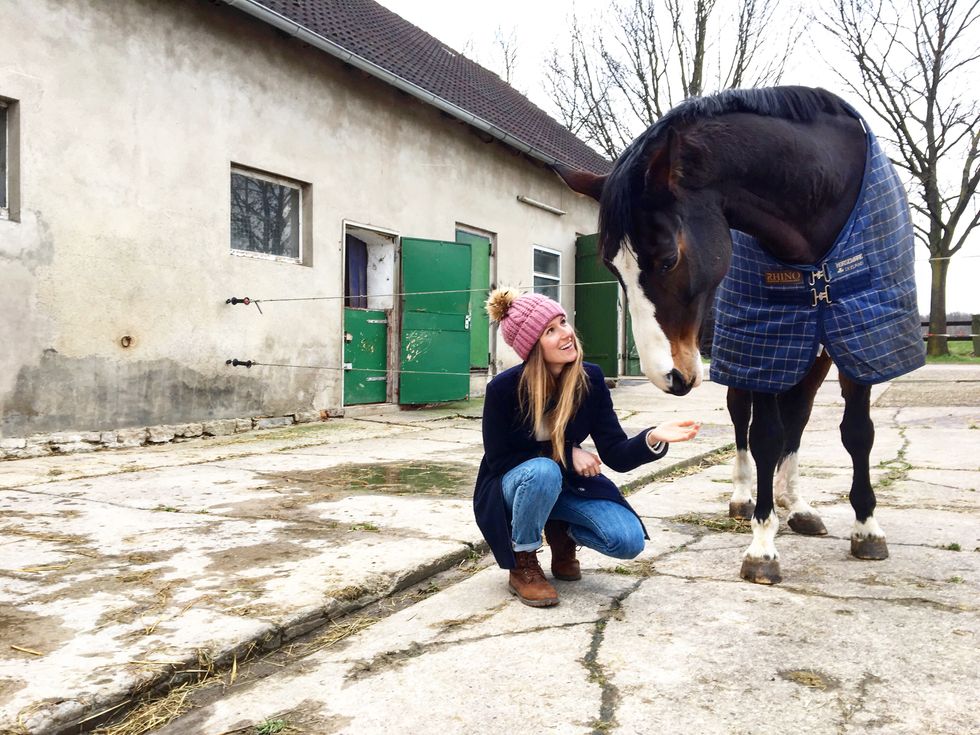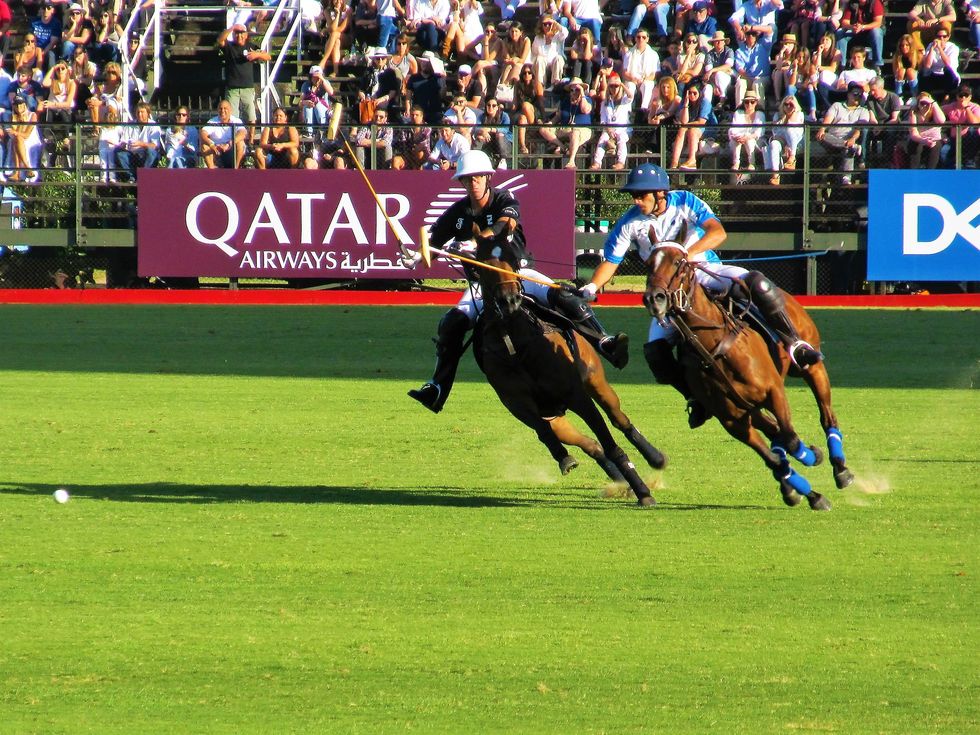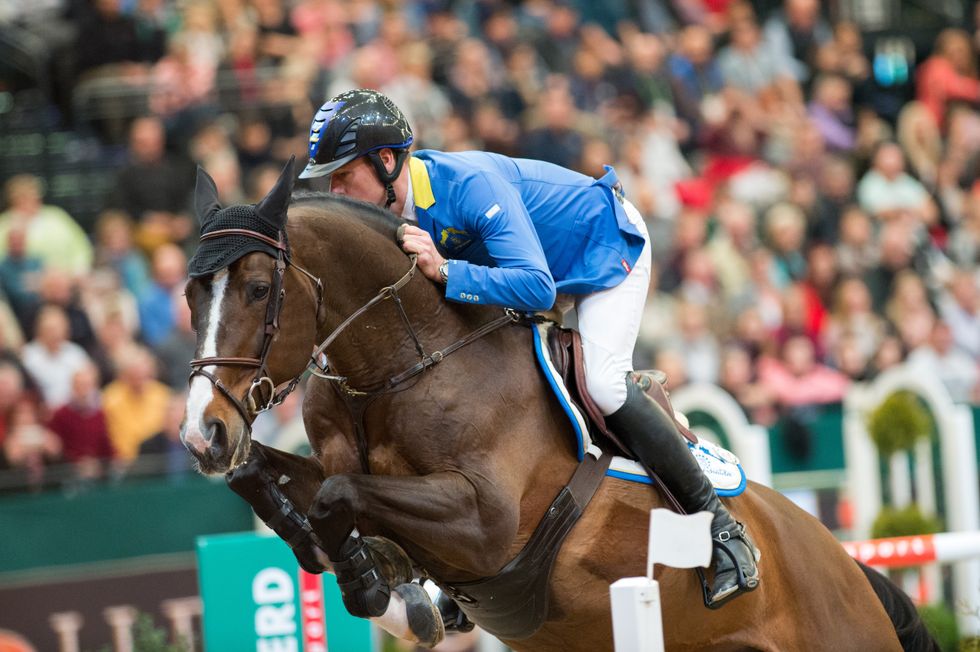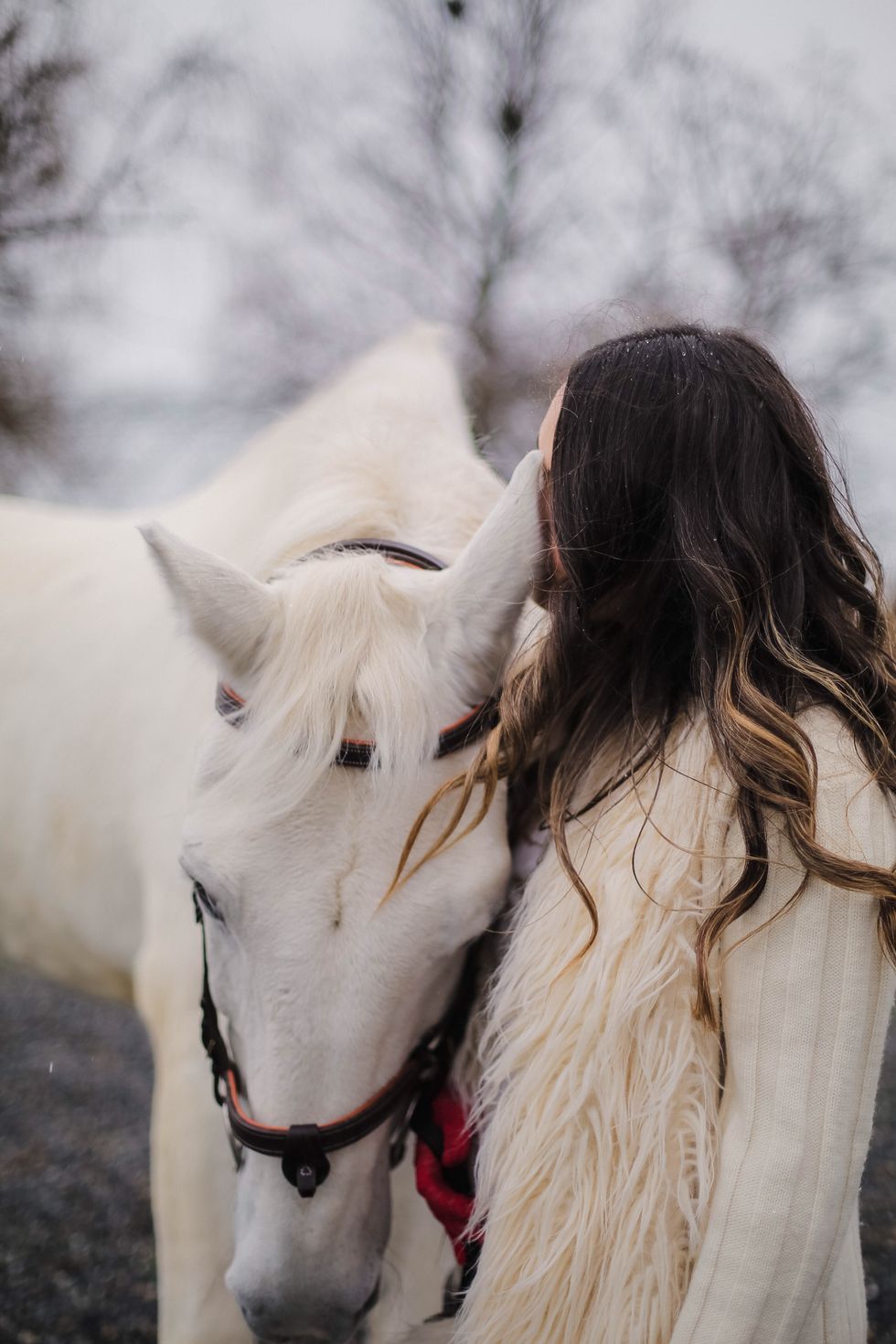A girl sitting on the back of a horse doing nothing while the horse does all the work. That’s what most people think of horseback riding - you probably included, dear reader. I don’t blame you, because that’s what it often looks like with an experienced rider. The reality looks different: Being an equestrian is exceedingly physically and mentally challenging. And dangerous.
If we’re talking about inherent danger in sports then horseback riding has to be the number one extreme sport with its 200 deaths a year in the United Kingdom alone.
That’s far more than any other physical activity or sport, extreme or otherwise. But that’s not the point of this article.
First of all, what are extreme sports in the first place? The dictionary defines extreme sports as any activities perceived as having a high level of danger or risk of serious harm if the skills are performed in a poor manner. Also, it can be an activity within which the individual has to conquer natural or unusual physical and mental challenges such as speed, height, depth or natural forces.
Let’s be clear: I don’t want to, by no means, insist on the wording. I don’t care about the ‘extreme’ or the very cool X-treme or X-awesome or X-whatever, because hey, doesn’t that make it even more rebellious, cooler and more hard-core? X’s are just bad-ass, aren’t they? Live fast, die young and leave a good-looking body - that seems to be the motto of those risk-junkies looking for the ultimate blast of adrenaline.
That’s definitely not what horseback riding is about. But I have another issue with people not really knowing what that sport actually means. Countless times I’ve been laughed at for working with horses. People kept telling me that this is actually not even a sport. That it’s easy. That we riders are for sure no athletes and shouldn’t complain about sore muscles or exhaustion. Well, I continued to do my own thing anyway and didn’t listen to those voices. But maybe it’s time to lift the curtain and make people aware of what it actually can be?
It’s a team sport. But unlike in soccer, basketball or tennis, your partner is not a human being. It’s a 1200-pound animal whose natural instincts are to run blindly when scared. If unstable or dangerous they bolt, rear up or buck.
It takes patience, skill and physical and mental strength to understand, control a horse and to guide it towards that balanced and ‘easy-looking’ harmony you know from pictures.
Without strength in your legs, core in general and especially abs you won’t get anywhere, and without agility and good coordination, your strength is useless. The lack of precision, finesse and cleanness will prevent the perfect balance between the pair. You wonder about mental ability? The slightest of your twitches affects your horse and your signs of doubt, fear or over-anticipation evoke their instinct to flee. Even if some sadly treat them as such, horses are more than just a pet or a ‘machine’ that can be controlled with buttons.
And then there is so much more than just riding. If you’re an equestrian, you’ll understand. Caring for and working with your teammate teaches responsibility and leadership, and gives you the opportunity to build a unique relationship that no other sport offers. Don’t you think that deserves respect and giving credit? I do!

























